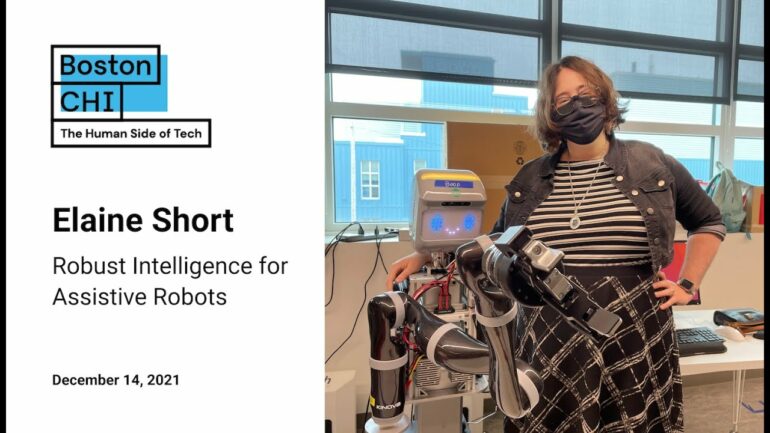You might have heard that artificial intelligence is going to revolutionize everything, save the world and give everyone superhuman powers. Alternatively, you might have heard that it will take your job, make you lazy and stupid, and make the world a cyberpunk dystopia.
Consider another way to look at AI: as an assistive technology – something that helps you function.
With that view, also consider a community of experts in giving and receiving assistance: the disability community. Many disabled people use technology extensively, both dedicated assistive technologies such as wheelchairs and general-use technologies such as smart home devices.
Equally, many disabled people receive professional and casual assistance from other people. And, despite stereotypes to the contrary, many disabled people regularly give assistance to the disabled and nondisabled people around them.
Disabled people are well experienced in receiving and giving social and technical assistance, which makes them a valuable source of insight into how everyone might relate to AI systems in the future. This potential is a key driver for my work as a disabled person and researcher in AI and robotics.
Actively learning to live with help
While virtually everyone values independence, no one is fully independent. Each of us depends on others to grow our food, care for us when we are ill, give us advice and emotional support, and help us in thousands of interconnected ways. Being disabled means having support needs that are outside what is typical and therefore those needs are much more visible. Because of this, the disability community has reckoned more explicitly with what it means to need help to live than most nondisabled people.
This disability community perspective can be invaluable in approaching new technologies that can assist both disabled and nondisabled people. You can’t substitute pretending to be disabled for the experience of actually being disabled, but accessibility can benefit everyone.
The curb-cut effect – how technologies built for disabled people help everyone – has become a principle of good design.
This is sometimes called the curb-cut effect after the ways that putting a ramp in a curb to help a wheelchair user access the sidewalk also benefits people with strollers, rolling suitcases and bicycles.
Partnering in assistance
You have probably had the experience of someone trying to help you without listening to what you actually need. For example, a parent or friend might “help” you clean and instead end up hiding everything you need.
Disability advocates have long battled this type of well-meaning but intrusive assistance – for example, by putting spikes on wheelchair handles to keep people from pushing a person in a wheelchair without being asked to or advocating for services that keep the disabled person in control.
The disabled community instead offers…



